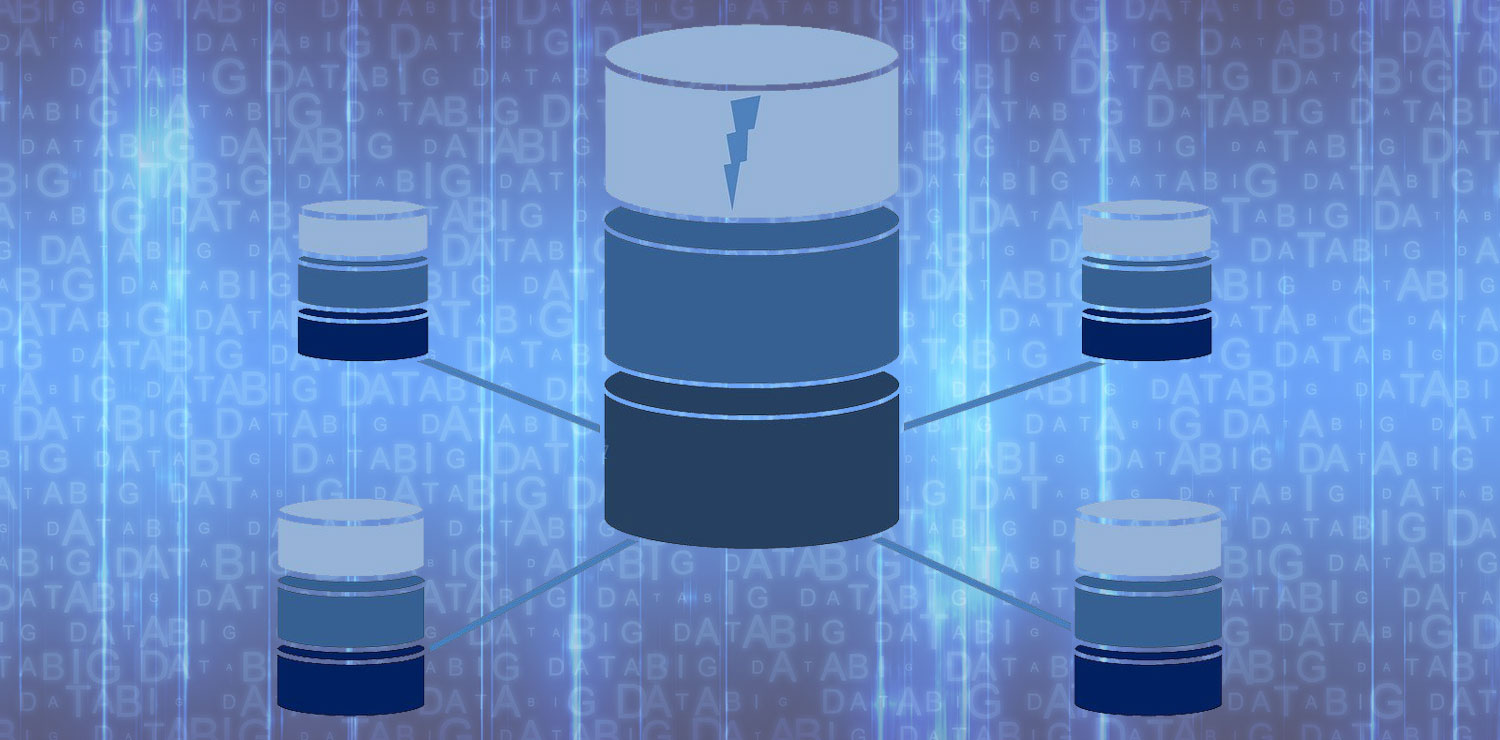As a Database Administrator (DBA), you are responsible for managing, maintaining, and ensuring the optimal performance of an organization’s databases. In today’s data-driven world, DBAs face numerous challenges, including data privacy concerns, limited access to production data for testing and development, and the need to generate realistic data for various scenarios. This is where a Synthetic Data Generator comes in as a DBA’s best friend, offering a powerful solution to tackle these challenges head-on.
What is SDG (Synthetic Data Generator)?
A Synthetic Data Generator is a tool that creates realistic, artificial data based on predefined rules, patterns, and constraints. It allows DBAs to generate large volumes of data that mimic the characteristics and structure of real-world data without exposing sensitive information. Synthetic data generators can create data in various formats, such as CSV, JSON, or SQL insert statements, making it easy to integrate with existing databases and workflows.
Benefits of Using TestBytes:
- Data Privacy and Compliance: With increasing data privacy regulations, such as GDPR and CCPA, using real customer data for testing and development purposes can be a compliance nightmare. Synthetic data generators enable DBAs to create realistic data without compromising data privacy, ensuring compliance with regulations and protecting sensitive information.
- Realistic Testing Environments: DBAs often need to create test databases that closely resemble production environments to validate database performance, test new features, or troubleshoot issues. Synthetic data generators allow DBAs to create realistic test data with controlled variations, enabling thorough testing and reducing the risk of unexpected behavior in production.
- Accelerated Development Cycles: Waiting for real data to be available or manually creating test data can slow down development cycles. Synthetic data generators empower DBAs to quickly generate large volumes of data on-demand, accelerating development and testing processes. This enables faster iterations, earlier bug detection, and improved collaboration between development and database teams.
- Scenario Testing and Edge Case Handling: Synthetic data generators allow DBAs to create specific scenarios and edge cases that may be difficult to replicate with real data. By generating data with controlled anomalies, outliers, or specific patterns, DBAs can thoroughly test database behavior, identify potential issues, and ensure robustness and reliability.
- Performance Testing and Optimization: Generating large datasets with varying characteristics is crucial for performance testing and optimization. Synthetic data generators enable DBAs to create data at scale, simulating different data volumes, distributions, and complexities. This allows for comprehensive performance analysis, identification of bottlenecks, and optimization of database queries and indexes.
- Data Anonymization and Masking: When dealing with sensitive data, DBAs often need to anonymize or mask certain fields before using the data for testing or sharing with external parties. Synthetic data generators can be configured to generate anonymized or masked data, preserving the structure and relationships of the original data while protecting sensitive information.
- Flexibility and Customization: Synthetic data generators offer a high degree of flexibility and customization. DBAs can define data generation rules, specify constraints, and control the distribution and format of the generated data. This allows for the creation of data that aligns with specific business rules, data quality requirements, and database schemas.
Conclusion:
In the era of big data and stringent privacy regulations, SDG becomes a DBA’s best friend. By providing realistic, compliant, and customizable data on-demand, synthetic data generators empower DBAs to tackle data privacy challenges, accelerate development cycles, and ensure the reliability and performance of databases. Embracing synthetic data generation as a core tool in the DBA’s arsenal can significantly enhance productivity, reduce risks, and drive innovation in database management practices.
As data continues to grow in volume and complexity, synthetic data generators will play an increasingly crucial role in enabling DBAs to meet the evolving demands of modern data-driven organizations. By leveraging the power of synthetic data, DBAs can confidently navigate the challenges of data privacy, testing, and optimization, ultimately delivering robust and secure database solutions.





